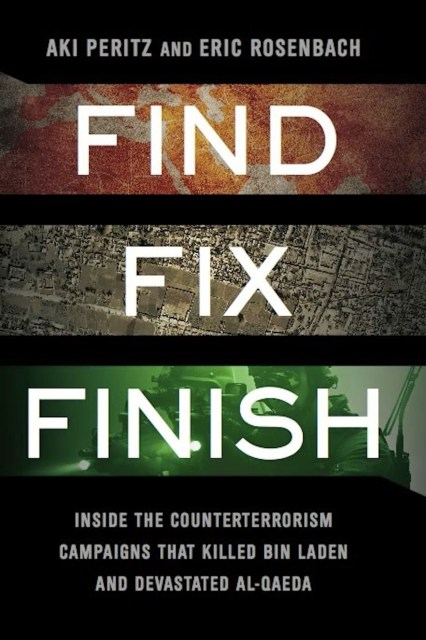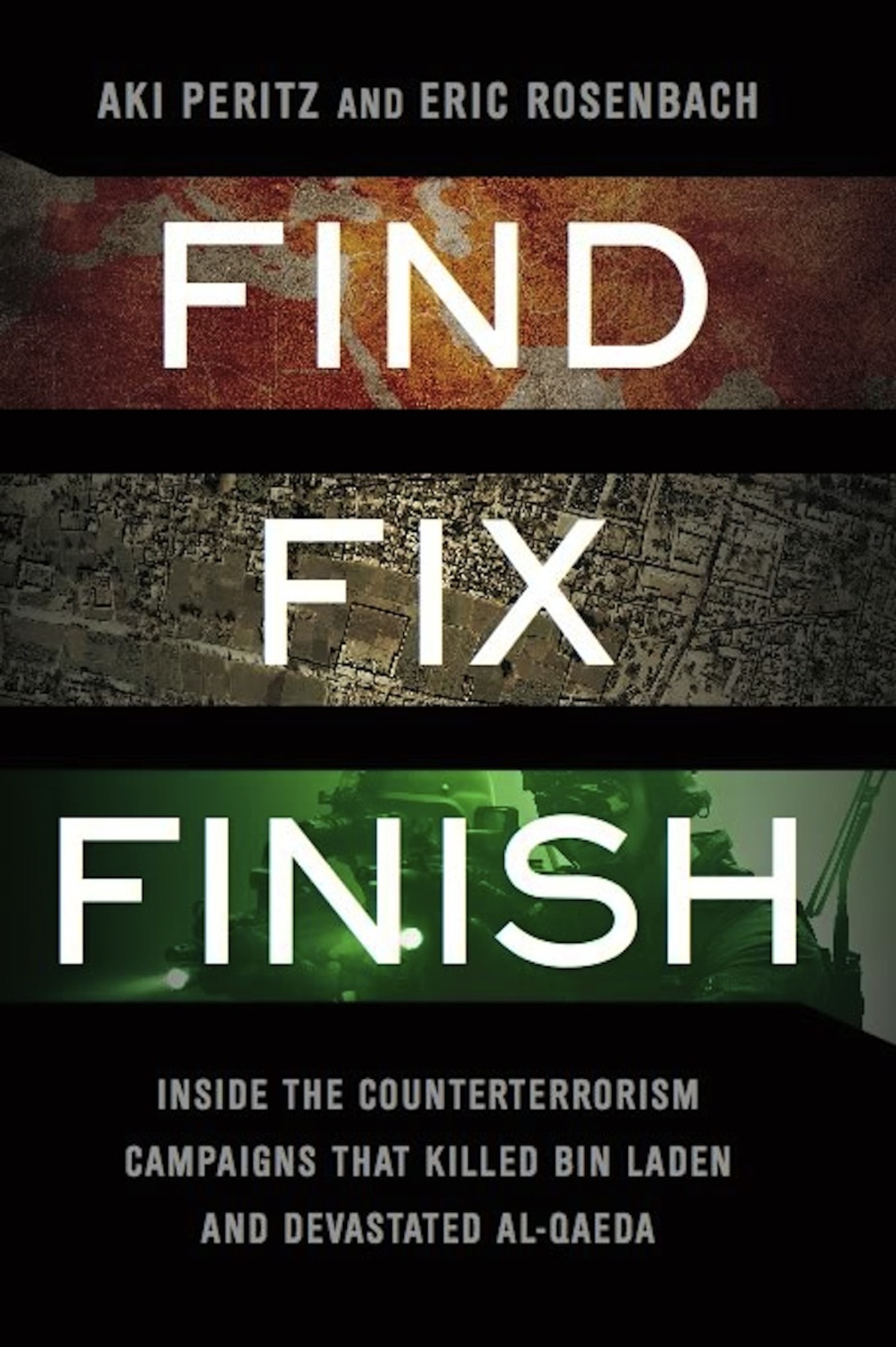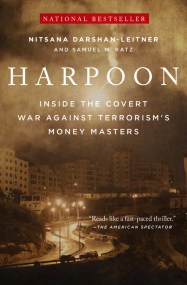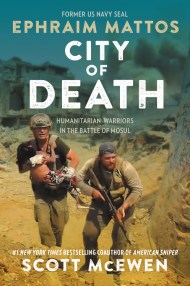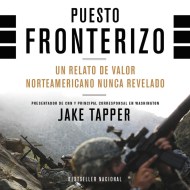Promotion
Use code MOM24 for 20% off site wide + free shipping over $45
Find, Fix, Finish
Inside the Counterterrorism Campaigns that Killed bin Laden and Devastated Al Qaeda
Contributors
By Aki Peritz
By Eric Rosenbach
Formats and Prices
Price
$11.99Price
$15.99 CADFormat
Format:
- ebook $11.99 $15.99 CAD
- Trade Paperback $21.99 $28.99 CAD
This item is a preorder. Your payment method will be charged immediately, and the product is expected to ship on or around March 13, 2012. This date is subject to change due to shipping delays beyond our control.
Also available from:
Aki Peritz and Eric Rosenbach have experienced first-hand the monumental strategy changes in our country’s counterterrorism strategy within the intelligence, defense, and political communities. In this book, they show how America learned to be very good at taking on the terrorists, often one at a time, in ever more lethally incisive operations. They offer new details behind some headlines from the last decade. They are frank about the mistakes that have been made. And they explain how a concept coined by General Grant during the Civil War has been reinvented in the age of satellite technology to manage a globally distributed foe, allowing the U.S. to find, fix, and finish its enemies.
Genre:
- On Sale
- Mar 13, 2012
- Page Count
- 320 pages
- Publisher
- PublicAffairs
- ISBN-13
- 9781610391290
Newsletter Signup
By clicking ‘Sign Up,’ I acknowledge that I have read and agree to Hachette Book Group’s Privacy Policy and Terms of Use
